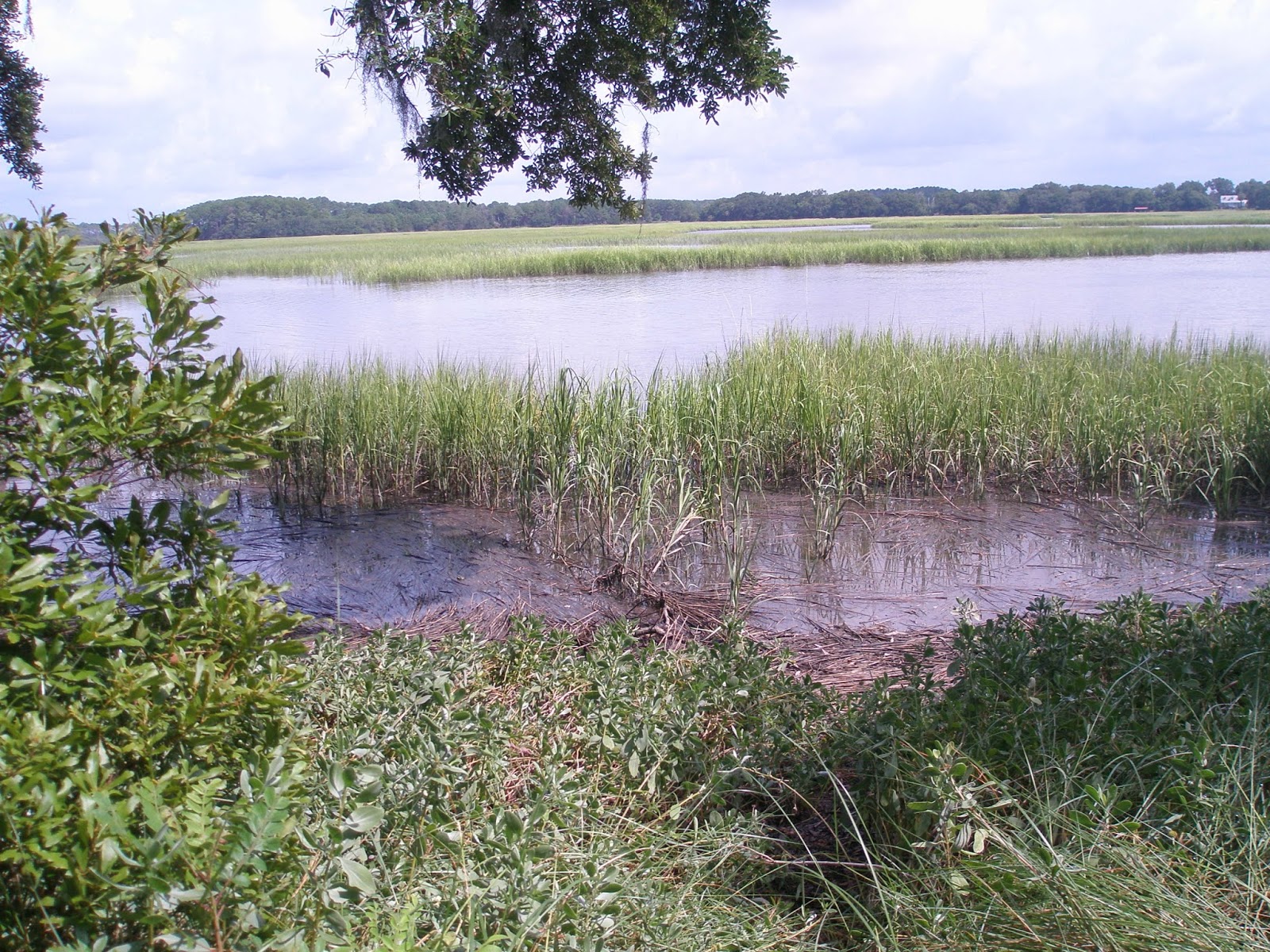that shelters a host of wildlife, from alligators to oysters.
Saturday, August 17, 2013
Stockholm
CHARACTER AND SETTING
Writing in Place, Hub
City’s weekend symposium held at Wofford College each year, serves to focus
writers on place and its influence on plot and character. What would Sherlock
Holmes and Charles Dickens have been without London? or Faulkner without Yoknapatawpha?
Robert Frost without New England? or Mark Twain without the Mississippi River?
I’ve been thinking about
place, perhaps because I’ve been traveling for the last couple of months. Is
our mentality influenced by the geography where we grow up? Does a warm climate
or cold climate affect our personality? What about population density? I’d say
there are personality traits attributable to natives of NYC which differ from
those of Idaho farmers. Some writers weave into their stories and characters
the presence of their locality. The setting may become so important it
influences the story. Think of novels like To Kill a Mockingbird; No Country For Old Men; The Shipping News; and more recently, White Teeth.
I’ve just returned from
Stockholm, Sweden. Its Old City is, like most European cities, built around a
ponderous stone church with stained glass windows that probably kept artisans
busy for years. The statue of St. George and the dragon dominates not just the
chapel but your imagination. It rises godlike above us peons shuffling about
the horse’s hoofs and the dragon’s back. This statue, with a fierce knight on a
rearing steed and a thorny dragon wrestling at its feet, is anything but
benevolent in appearance. It is so commanding that if there was a cross in the
church, I didn’t see it.
Is it no wonder that a
writer of such fantasy as Hans Christian Anderson emerged from Scandinavia, a
land of brutal winters, deep, cold waterways, and rocky skerries. I’d like to
think that if I lived there, I’d write about deep, cold, brutal and fascinating
characters.
Some of the rocky skerries are hardly big enough
for a bird’s nest
Prior to going to Sweden, I
spent time at Edisto Island, a barrier island that is geographically similar to
St. Helena Island, both located along South Carolina’s coast. What these
islands have in common with Stockholm is water. Whether creeks, rivers, basins,
tributaries, ponds or puddles, water is everywhere.
Stockhom’s residents live
on Malapen Lake which connects to the Baltic Sea with locks. A fleet of taxi
boats ferries the locals to and from the 23,000 islands that form a nearby
archipelago. Water taxis are but a dream, if that, to Carolina’s barrier
islands, which are less populated and obviously less affluent.
And the Atlantic Ocean is
no Baltic Sea. Edisto Island’s waters are warm and comforting, even if
restless. Waves can be wild but they’re not cold compared to the Baltic. The
undertows can be powerful and unpredictable, and you wouldn’t know of one
unless you’re in the water. Tides cause the waters to rise and drop by as much
as seven feet every day. Instead of rocks, there’s silt. Does this mean that
the barrier islands inspire characters that appear to be warm, generous, and
accommodating, but are sandy in the soul and of inconstant character?
Small Carolina islands are sandy marshes
overgrown with spartina grass
that shelters a host of wildlife, from alligators to oysters.
that shelters a host of wildlife, from alligators to oysters.
Subscribe to:
Post Comments (Atom)














No comments:
Post a Comment